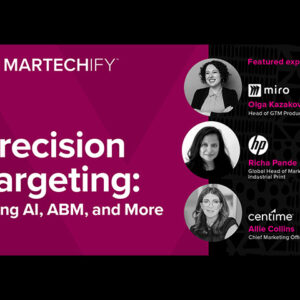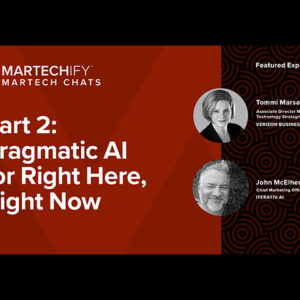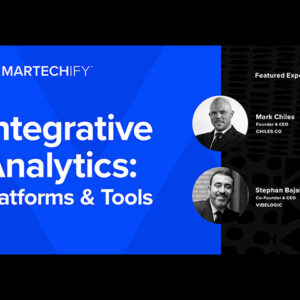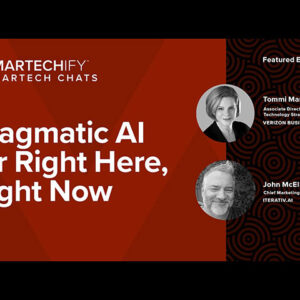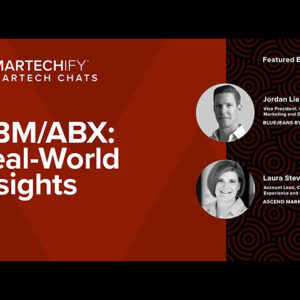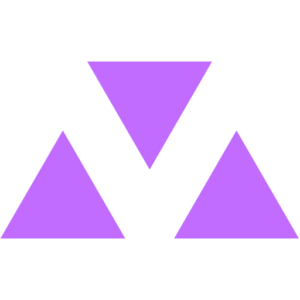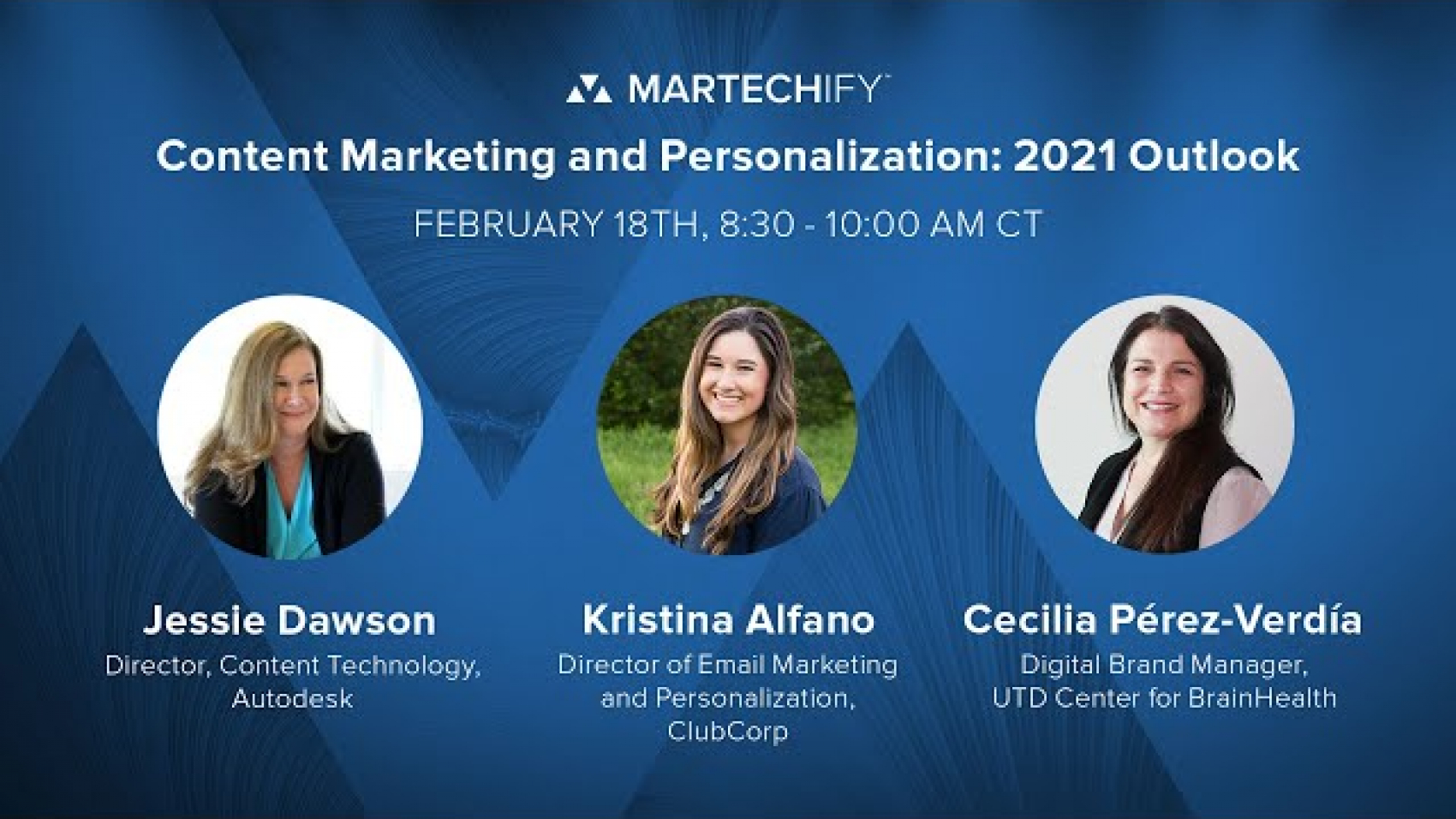May 11, 2023 – During this Martechify session, three of our martech experts gave an insider view of the latest martech trends, including use cases, valuable insight, and advice.
May 2023 Recap
May 11, 2023 – During this Martechify session, three of our martech experts gave an insider view of the latest martech trends, including use cases, valuable insight, and advice.
February 2023 Recap
February 16, 2023 – During this Martechify session, three of our martech experts gave an insider view of the latest martech trends, including use cases, valuable insight, and advice.
October 2022 Recap
October 6, 2022 — During this Martechify discussion, four of our martech and content experts discussed approaches, best practices, and tools for upleveling content including using personalization.
Content Marketing and Personalization: 2021 Outlook
Jessie Dawson of Autodesk, Kristina Alfano of ClubCorp, and Cecilia Pérez-Verdía of UTD Center for BrainHealth discuss how to best organize digital asset management systems, collect the right data for effective personalization, and match content with the right audiences.




